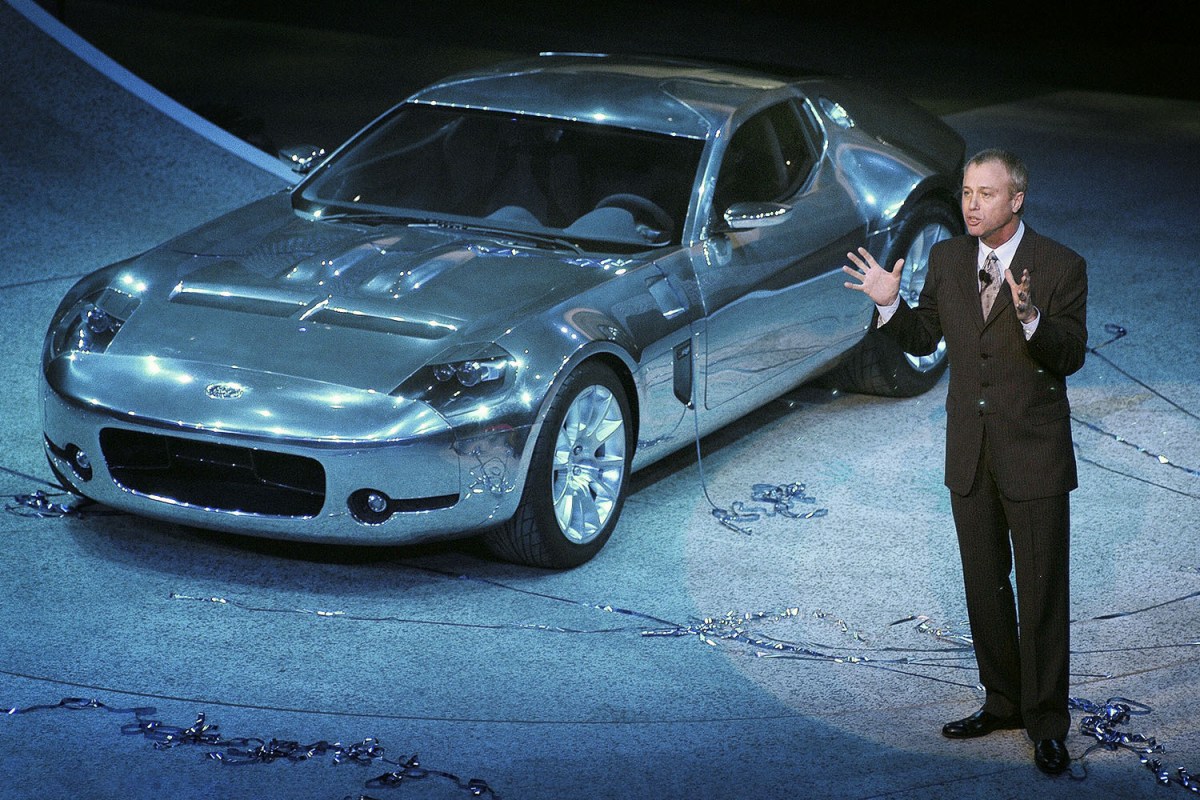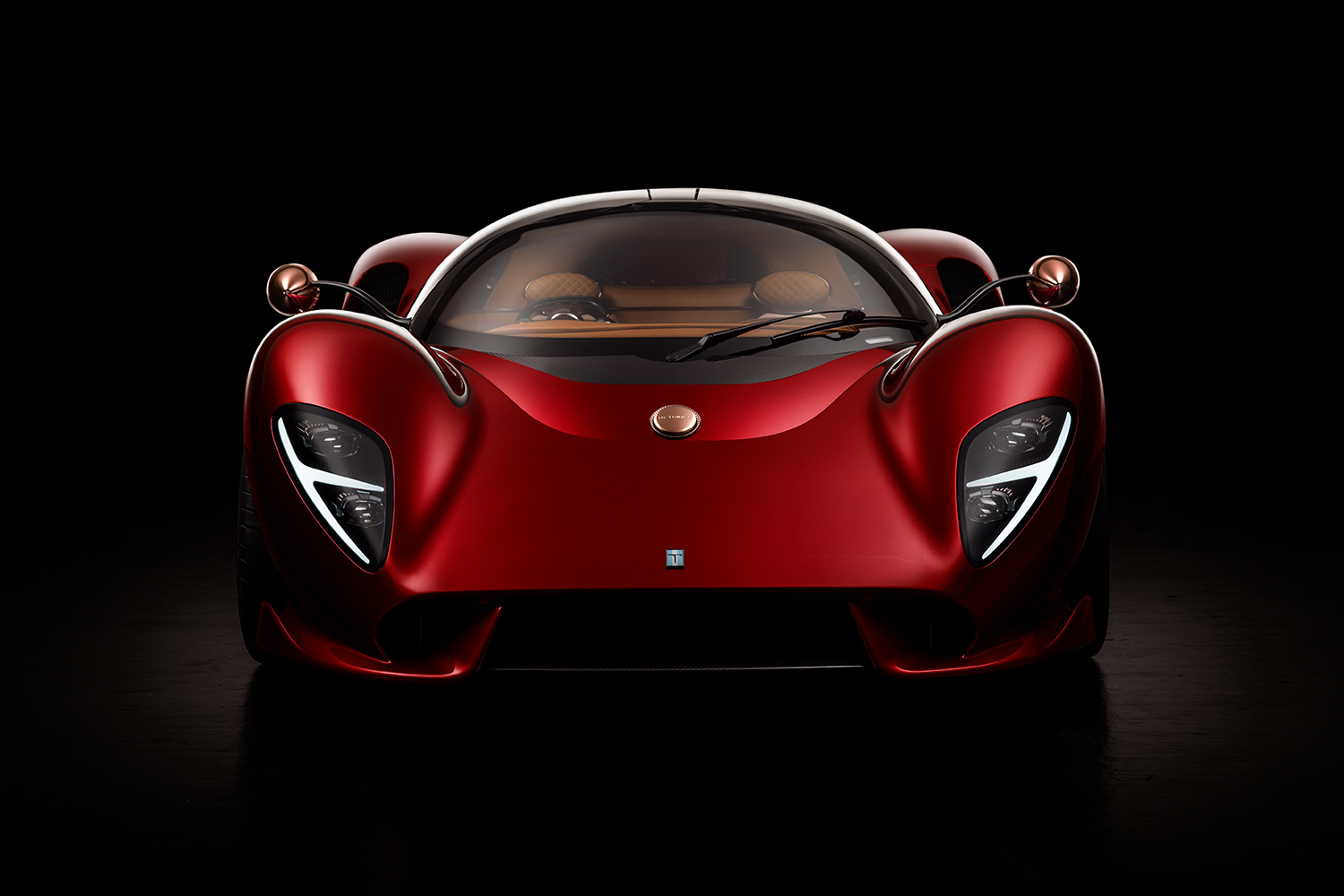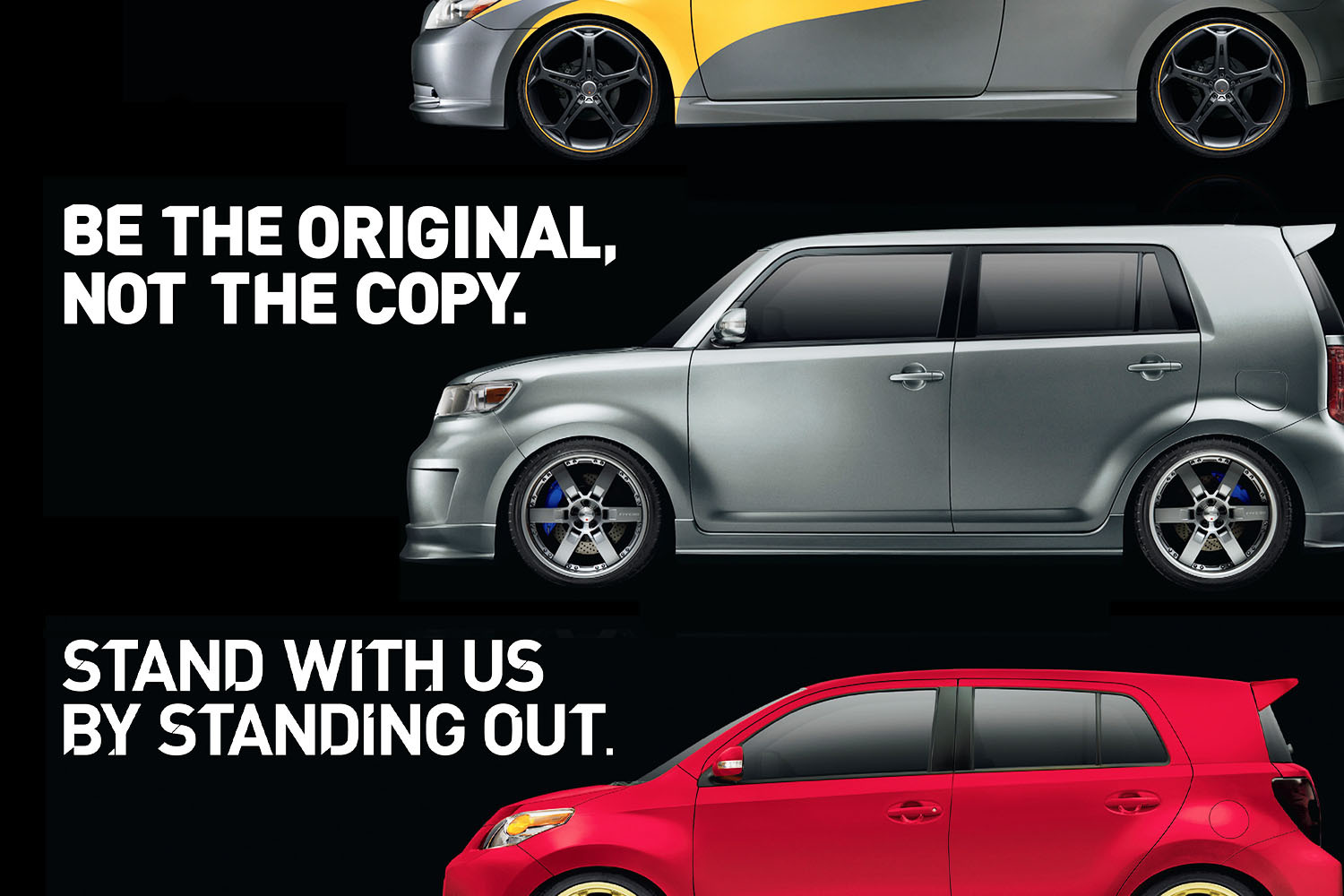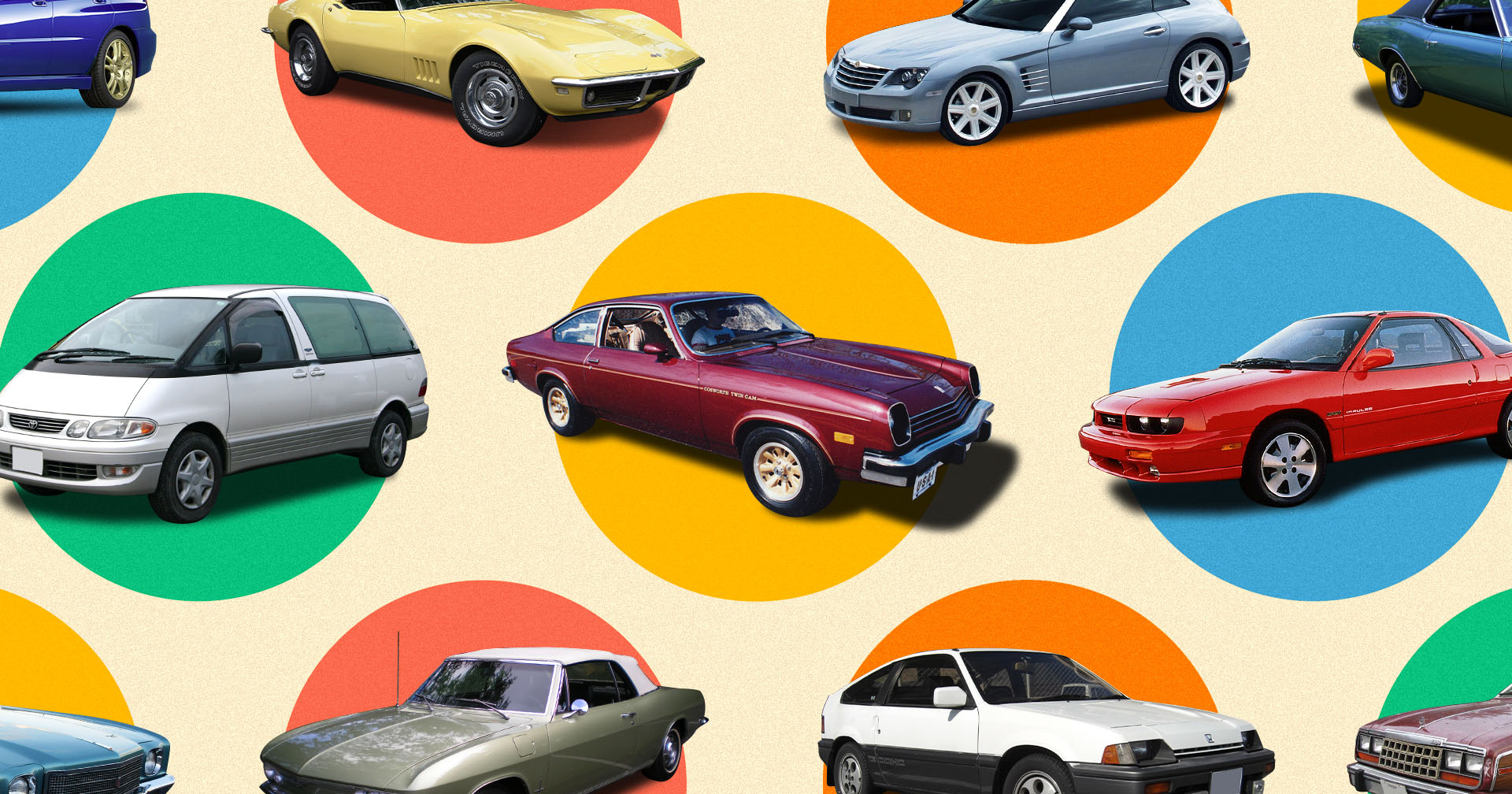“I saw absolutely no synergy between working for a manufacturer of washing machines and the kind of thing I normally do. But it turns out you can do quite a lot of design work on a rectangle,” laughs J Mays. J isn’t some affectation, but his given first name, and Mays has recently finished a three year posting with the white goods manufacturer Whirlpool, during which, among other brands, he revamped the swanky stand mixer concern KitchenAid.
He says he came to appreciate, especially during the pandemic, just how much the kitchen is the heartbeat of a family home, but for 40-plus years he’s been more comfortable in the garage. Mays headed the design teams behind the likes of the Audi TT, the Aston Martin DB9, the New Beetle, the Land Rover LR3/Discovery, the benchmark 021C concept car with Marc Newson, as well as Ford’s update of the Mustang and one of its global best-sellers, the 2011 Fiesta. Indeed, for some 16 years he was Ford’s chief creative officer.
These days he’s teaching car design at the Royal College of Art in London and pondering his next move — furniture, maybe — while overhauling his house there. Outside is parked a Ford Ranger Wildtrak; one perk of his past employment is a lifetime supply of Ford cars.
“I got it to help me move house, but then got stuck with it due to this global supply shortage of [silicon] chips,” he says. “I don’t think my neighbors know what to make of it. Some think it’s cool. Others I think are appalled by its sheer Americanness. I think some think it’s an F-150. And I have to tell them, ‘No, that’s waaaay bigger…’”
As an insider to the design process, Mays isn’t overly concerned with the image his car projects. But he remains certain it’s projection and fantasy that still shape our car choices. “Our homes are what we are, what we drive is who we want to be” is his mantra. It’s why a driver of the new Defender, he suggests by way of example, is unlikely to need the extra water packs you can affix to its side. “But it looks cool,” he says. “It gives the driver the opportunity to escape reality.” He’s big on car design being able to, as he puts it, be part of a cultural narrative. And that’s why he’s somewhat down on the quality of car design today.
“I don’t want to sound like the old guy bemoaning the good old days,” says Mays, who grew up in Oklahoma around his parents’ auto parts shop and then studied car design at the ArtCenter College of Design in Pasadena, “but there’s the death of nuance in almost all our culture nowadays — it’s just louder and cruder — and you can see that in the cars coming out too. Language without culture is a dead language, and design language without culture is a dead design language, too, because there’s no dialogue you can create with potential customers. There’s no relationship there. It’s not easy to design a distinctive car, but it’s not that hard either. And there’s a lot of vanilla out there now.”
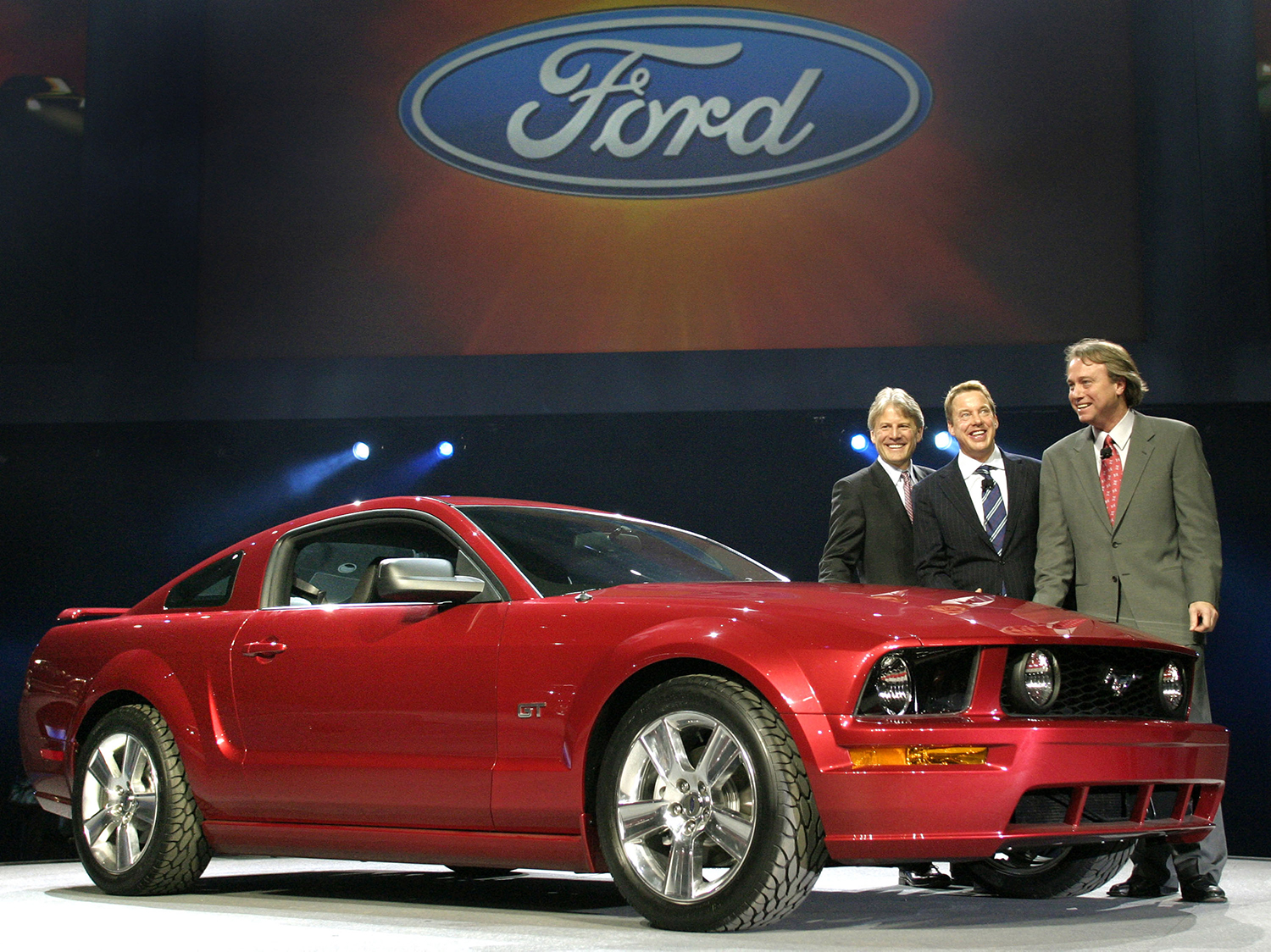
It’s why Mays is big on car designs being rooted in their country of origin, even Americanness in a leafy London suburb. It may play to stereotype, but Germans’ propensity towards the decorous, detail-oriented and craft-minded shows in their cars, he contends. “That kind of association gives people a visual receipt for what they’re interested in buying into,” he explains. “People want a Mustang in part because they’re buying into that old American notion of unlimited freedom, of all roads heading west. And it can work against you too. When General Motors bought Hummer it was just as Hummer was coming to be associated with the Iraq War. But a Range Rover is still pure Balmoral and the [British] Royal Family. Drivers want to connect to this kind of thing.”
It’s why, he says, the updated Fiat 500 has become a talisman of national pride for Italy, and why the Mini, a reworking of the swinging ‘60s classic, mostly works. It’s also why the lookalike Opel Adam just doesn’t. “There’s no story there to be told,” says Mays.
Free of any industry ties, Mays is happy to speak candidly like this. He lauds Land Rover, Porsche and especially Volvo for their exemplary expressions of their founding cultures; not so much Mercedes and another old employer, BMW, “which seems to be all over the place at the moment.” It’s often designers who get the blame for a bland car — as they take the glory for an iconic one — but, Mays says, it’s typically management that has to be held responsible. And the marketing team, he adds: “It’s easy to accumulate the data to say you should make a car that looks like the three others already in that category. Well, that doesn’t make for a more interesting car…”
It helps to make for the likes of the Ford Five Hundred, by his own admission, one of his misfires. “That’s the thing I still can’t believe I had a hand in designing,” he moans. “It was just so derivative, so generic. I did do a few stinkers. The [revamped] Thunderbird hasn’t held up well. The Audi TT has.”
That’s because the TT, truly an iconic car, arguably best exemplifies Mays’s distinctively curvy, at once familiar and futuristic, period-inflected aesthetic that has been referred to as “retro.” Just check out his woefully underrated Ford Flex. Indeed, he kickstarted a derivative retro theme across the industry. Not that it was referred to as such. “It makes me cringe when I hear car designers say, ‘Oh, I don’t want to do retro,’” says Mays. “Why not?! There’s this slightly elitist attitude towards referencing the past, but if we didn’t have retro in other creative disciplines, film, for example, we’d hardly have any films at all. Retro helps the customer connect the dots to what the story of a car is.”
It’s not just about being cute. If you want cute, look perhaps to the automobiles in the Disney-Pixar animated Cars franchise or, better still, Zootopia, because Mays designed those too. “And there’s some challenge in designing a car for a giraffe, or for a moose,” he chuckles. “I couldn’t work out where to put the moose’s antlers so I opted for a convertible. It may have been an animation but it was all still about serious design.” But then cars and animals are so often connected, if only just in name: from the Barracuda to the Wildcat, via the Colt, Puma and Scorpion, and, of course, May’s Mustang and Beetle. “I think,” he suggests, “again there must be some connection to the wild animal we see ourselves as being like, or the one we’d like to ride. It doesn’t always work though.” The AMC Marlin anyone? The VW Rabbit?
Yet the Rabbit sounds about right for cars denuded of the combustion engine, of the oily smells and guttural noises that can make driving a multi-sensory experience. The age of the electric vehicle may bring an end to all that. And yet, somewhat surprisingly, Mays is right behind this revolution, while conceding that the speed with which it actually comes about is likely less about the vehicles themselves so much as the much harder task of establishing the energy supply and the infrastructure to charge them, especially in a country so geographically vast and diverse as the U.S. That, he suggests, will require collaboration between governments and carmakers, and he’s not so sure how proactive either side is being. Happen, though, it must.
“It’s true that we’re losing the romance that cars had when musicians used to write songs about cars,” says Mays. “But there’s been a generational shift. I read a study which suggests that if you’re in your 50s, say, you still trust an aircraft with analog dials, but that if you’re in your 30s you’re more comfortable with there being a digital interface. It used to be that you’d see a Rolls-Royce and think, ‘Wow, impressive.’ And now you think, ‘Wow, that’s tone deaf.’ Times change. And that’s fine. I think I’ve probably said all I have to say in car design anyway.”
This article was featured in the InsideHook newsletter. Sign up now.
